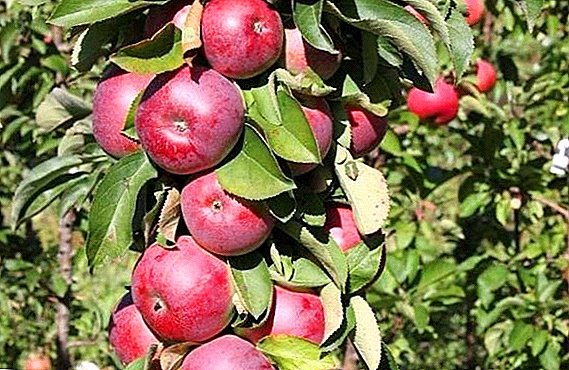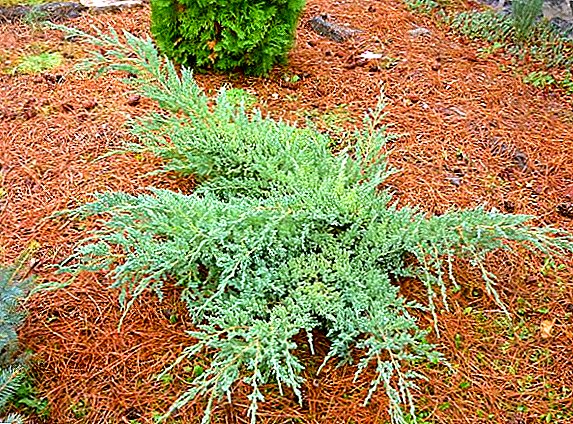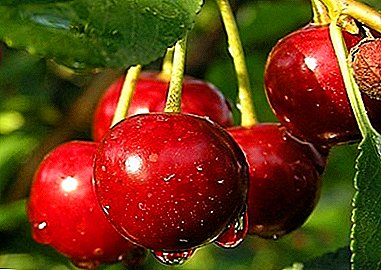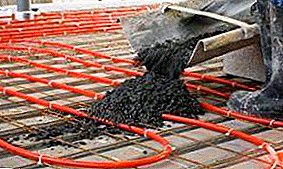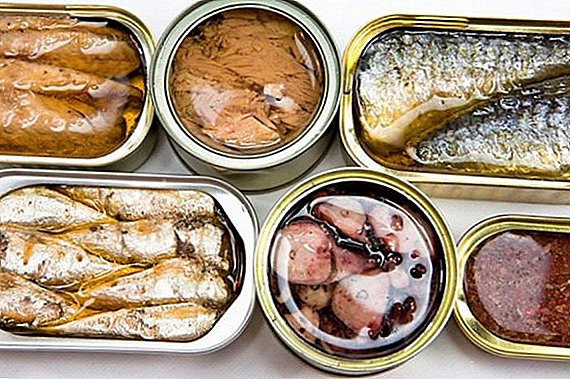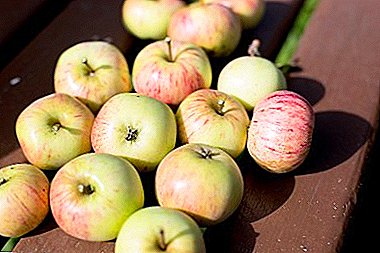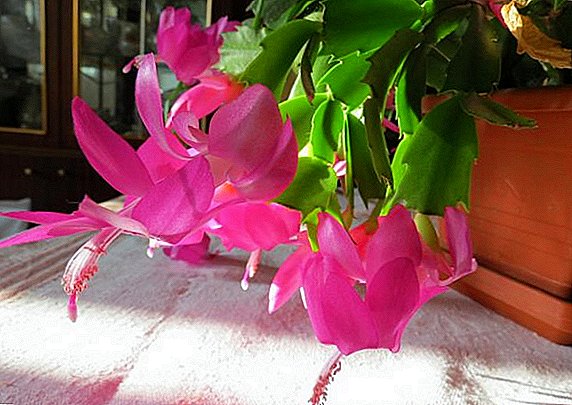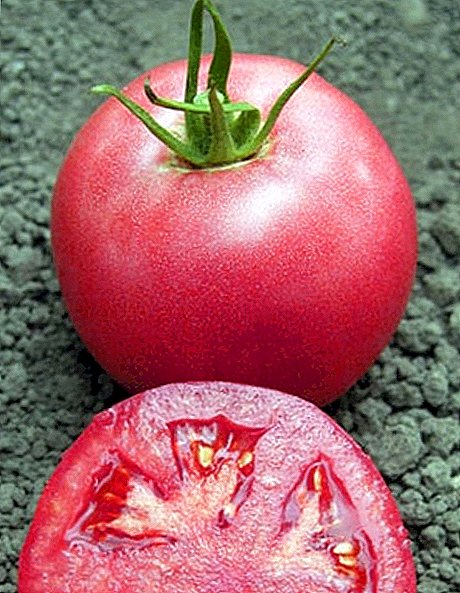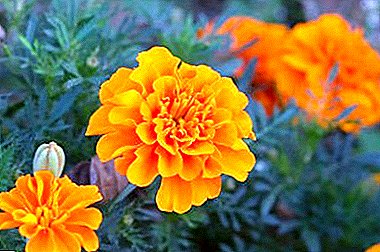
Marigolds are the flowers of many varieties. More than 50 varieties grow in South America or in the Caribbean. The main differences between the species of these plants are determined by the shape of the petals and inflorescences. The business card of this kind of flowers is their specific fragrance, which is usually very bright. Thanks to him, the flower is recognizable.
Marigolds are a group of annual or perennial flowers. The main features of the characteristics, bright color and long flowering. Petals have a simple form. Inflorescences are simple or terry. Marigold is characterized by a large variation of shades. They can be very different - from scarlet red to light lemon.
Types of flower - description and photo
One of the groups of these plants is dwarf marigolds. This name was given due to the small growth of these plants. The height of the flowers of the dwarf type often does not exceed 20 cm (read about the features of care for unpretentious short marigolds here). The group includes a variety of varieties: it is upright, rejected, thin-leaved marigold (To learn how to grow Erect, Thin-leaved, Rejected species of marigolds in the open field, as well as get acquainted with the photo of flowers here). Let us examine all the popular varieties and varieties in more detail and show their photos.
Erect

Popular group of plants. One of the most common varieties - "Lunasi Orange". Bushes are compact in shape, height does not exceed 15-20 cm. The maximum diameter reaches 20-25 cm. The variety has dense leaves in the form of chrysanthemum, orange-colored inflorescences.
Rejected

The best plant series of this group is called “Fight.” These are annual varieties, they have compact branchy bushes. Approximate height varies from 15 to 20 cm, width is about 20 cm. The leaves are pinnately dissected, the shoots are located on the sides, the color of the shoots is dark green. The diameter varies from 4 to 6 cm, the inflorescences densely cover the bushes and are yellow, orange, or two-colored.
Thin-leaved

The most common variety of this group is "Mimimix." Spherical bushes and their density, a distinctive feature of the variety. Height reaches 20-25 cm. The leaves are small, painted in dark green, pinnate, dissected. Simple inflorescences in diameter of 20 mm. Shades of flowers are varied. From bright yellow and red to bright orange. Begin to bloom in July, the end of flowering falls on the last days of September.
French

A popular representative of this type of marigolds is the Johnsons. This is a one-year variety that is unstable to cold. It blooms for a long time. generally unpretentious in terms of its content.
Flowers grow up to 20 cm tall, great for decorating borders and urban or park accomplishment.
When growing in the garden can attract there butterflies.
It blooms from June to October, it is recommended to sow in the open ground, keeping the interval between plants of 15 cm. The color range varies from light yellow to bright red.
High

A tall species of marigolds, characterized by a large height of bushes from 60 to 90 cm. This species includes the variety "Yellow Stone". It is an annual variety, with beautiful dense inflorescences, with a very rich yellow color. In diameter, the flowers reach 15 cm. The flowering period begins in June and ends in September. This also includes varieties "Friel", "Lemon Prince".
Red

Bright and interesting variety of red marigold, this sort of "Paprika". Its distinction is dwarfism. Growth no more than 25 cm, branchy bushes of spherical shape, pinnately dissected leaves, thin shoots, the color of the shoot is light green. The flower is a graceful little basket with a bright yellow center and fiery red petals.
"Taishan"

This chrysanthemum marigold is about 20 or 30 cm high. Starting from late spring to early autumn, the marigold bushes are covered with large inflorescences, which consist of wide tubular flowers. The basket diameter is from 70-80 mm. The same series includes marigold varieties with gold, orange and yellow baskets.
"Tagetes"
Marigolds from the genus of annual and perennial plants. They belong to the Astrovie family. Divided into 3 main types:
French

- Annuals and upright, 15-50 cm tall, at the base with a large number of branches, shoots from the side deflected, the leaves are dark green arranged in turns or randomly.
- The diameter of the inflorescences - 4-6 cm.
- Inflorescences are single or corymbose.
- The flowers are orange, lemon, yellow, dark red or brown with a brown tinge; tubular flowers - yellow or orange.
African

Annuals, with spreading or compact bushes, have a pronounced main shoot. 80-120 cm tall. Leaf is pinnacular, large inflorescence, 6-13 cm in diameter, flowering - from the end of June. Color varied: yellow, orange, two-tone.
Mexican

Annuals, low plants, height - 20-40 cm, leaves are small, pinnately dissected, inflorescences are presented in the form of small baskets, basket diameter is 1.5-3 cm, on a short peduncle, the shade of inflorescences is yellow, yellow-orange, red .
It blooms very copiously, the most frequent distribution of the flower - urban improvement.
"Bonanza"

A large group of marigolds. Obtained through selection of rejected marigolds. Small adults with a height of no more than 30 cm.
Terry inflorescences in diameter can be up to 6 cm. The shade varies from bright yellow to red-orange. One of the most popular varieties is Bonanza Deep Orange., it is in demand with florists due to its beauty. It blooms early, has compact bushes, height 25-30 cm, width not more than 20 cm. Inflorescences terry, with a bright orange color, in diameter from 5 to 6 cm.
"Kilimanjaro"

Variety refers to white upright marigolds of medium height. The plant is a hybrid, with a weak branching of bushes, height from 40 to 60 cm, the main shoot is pronounced. The variety is attractive in appearance due to the delicate vanilla-white shade, with large inflorescences of 7-10 cm in diameter. Begins to bloom in early summer and continues until the first frost.
"Durango"

Flowers of type dyurango hybrids from rejected marigolds Annual, undersized plants, height 20-30 cm. The size of the inflorescences 55-60 mm. The color scheme, most often golden yellow, dark, red-brown or orange. A series of colors of Durango varied in color and there are various shades. The brightest representative with the greatest variation of shade from light (yellow, lemon) to darker (light red, burgundy) is called “Durango Mix”.
"Eskimo"

Terry marigold with lots of flowers. Reed flowers and tubular. Eskimo is a short growing hybrid, the bush grows up to 40 cm. Inflorescences spherical shape, delicate white color, diameter 6-10 cm, flowering from the first days of July to the beginning of frost.
"Carmen"

Refers to the clove marigold, reed flowers, petals dissected. Annual plant, the height of the bushes 30 cm, dense foliage. In reed flowers, petals are crimped and colored red-brown, tubular flowers can be yellow or yellow-orange. Inflorescence - 50 mm. Flowering begins in early summer and lasts until autumn.
"Bolero"

Medium in height flowers, 25-40 cm, with strong shoots. The foliage is thick, shoots are green, strong, with a reddish tint. The leaves are medium sized, dark green. In marigolds, the bolero has velvet inflorescences, bright and two-colored, yellow with brown-red hues. The variety is considered early, flowering begins from the beginning of summer and goes until the first frost. Used to decorate urban beds and individual decoration.
Small flowers

Perennial erect plants. The height is varied from 15 to 60 cm, shoots deviate. The leaves are small, pinnately dissected, dark green in color, on the stem are arranged in the next or opposite order. The inflorescences are collected in baskets, flaky in shape, 4-6 cm in diameter. Inflorescences can be different in shape - simple, semi-double, terry. There are one-color and two-color, bloom mainly in July and August.
Thin-leaved

In thin-leaf marigold many varieties, the most popular "Golden Ring", "Golden Ring". The shoots of these varieties are thick, spherical bushes, height 40-50 cm, but despite the size, they look compact. Inflorescences of small size, diameter 25-30 mm. Color and location - small orange tubular petals in the center of the inflorescence, with bright yellow reed petals bent down on the sides. Flowering continues from early summer to the first frost.
"Vanilla"

Hybrid plant with a compact bush. The height is not more than 40 cm, and the width of the bush is about 25 cm. The inflorescences are 7 cm, spherical in shape, cream-colored. Flowering occurs at the end of May and continues until the first frost.
Curb

Compact undersized marigolds are recommended for decoration of borders and urban beautification. For this good grade "Golden Ring". It is a compact plant species, with thin light green shoots. Small leaves cut into narrow lobes. Inflorescences miniature yellow color. Early variety, blooms from early June until the first frost.
"Mimimix"

The varieties of this series have dense bushes, about 20-25 cm in height. Inflorescences of different shades, 20 mm in diameter, with narrow leaves, pinnately dissected, dark green in color. Flowers of inflorescences: yellow, red, orange. The beginning of flowering - July. Continue to reduce to the last numbers of September.
"Lulu"

They belong to the thin-leaved Mexican marigolds with a small height and thick branches. Height reaches 50 cm. The inflorescences grow abundantly, consist of five-petal baskets. Color monophonic or two-color. Unpretentious and can withstand temperature extremes. Cease to bloom at a temperature of 1-2 degrees of heat.
Braiding

Weave marigolds can grow up to 3 m in height. They withstand cold temperatures and are able to bloom even until November, with good weather. Usually they are used on the trellis.
Dwarf

One of the many groups of these plants. The height limit is 20 cm. Dwarf marigolds include: Flowers whose height does not exceed 20 cm. The group includes a variety of varieties: erect, rejected, fine-leaved marigolds. The most popular dwarf varieties on this list are “Combat” and “Harmony”.
Yellow
Such varieties are related to yellow marigolds.
"Herbert Stein"

Chrysanthemum, up to 70 cm in height and up to 8 cm in diameter.
Golden Ring

With thin and fragile shoots, in height they reach up to 50 cm and up to 33 cm in diameter, begin to bloom in June and end with the first frost.
Glitters

Giant marigolds up to 110 cm in height; inflorescences despite the size of the plant, small - diameter up to 6 cm.
Orange
To orange marigolds include such varieties.
"Gold Dollar"

High bushes up to 110 cm, with thick and durable shoots, large leaves of light green color, orange inflorescences, sometimes reaching red.
"Petit Orange"

Known variety, grows up to 40 cm, compact bush with light orange and clove-like flowers.
Tall
To tall marigolds include such varieties.
"Yellow Stone"

One-year grade, 70-80 cm high. Inflorescences of a saturated yellow shade. The beginning of flowering - the beginning of June.
Friels

Late variety marigolds. It grows up to 80 cm in length. The diameter of the flowers is 8 cm. At the beginning of August they have clove-like baskets-inflorescences, which consist of petals of a rich orange and golden color.
"Lemon Prince"

Erect shrub height from 65 to 80 cm. When opened, they form a perfect spherical shape with lemon-colored flowers. Inflorescences large 8-10 cm, shoots are dark green with a pink bloom.
Whites
White marigolds include such varieties as:
"Kilimanjaro"

Tall plant up to 70 cm. Inflorescence in the shape of a ball, thick, delicate color, white. Is a hybrid and is used for cutting flowers.
"Eskimo"

A medium tall plant with large cream flowers. The diameter of the flowers is 6 cm, the height is 35 cm, the leaves are pinnate.
"Sweet-cream"

Compact bushes, height 60-75 cm, durable shoots of light green color with a reddish tinge. Dark green large leaves, with clove-like inflorescences, oval. Flowering from late June to early frost.
Antigua

These are low bushes, up to 20 cm high. A large number of large inflorescences, up to 10 cm in diameter. Antigua, bright marigold with a yellow or deep orange color.
Briefly about the rules of care
Marigold unpretentious flowers, so care for them is easy. In order for flowers to maintain their presentable appearance, it is necessary to at least minimally create the necessary conditions.
- Weed removal for abundant flowering; loosening the soil between the rows of plants that marigolds need for flowering can be found here).
- With all the unpretentiousness of plants, sometimes it is necessary to apply phosphate-potassium fertilizers to the soil, it has a beneficial effect on the appearance, helps more lush and colorful flowering; one or two fertilizer procedures are sufficient for feeding.
- Nitrogen fertilizers are not recommended, it can cause excessive growth of shoots and adversely affect the development of inflorescences.
- To maintain a neat appearance, it is recommended to periodically remove excess buds that have already ceased to bloom.
Marigolds fit well into the individual decoration of territories or urban improvement. These plants are easy to care for and they do not require constant care and investment in their appearance. This is an unpretentious flower, which can be happy for a long time.
In the fall, the marigolds die. But even then they can benefit. If you plan to continue using the soil for planting, marigolds can help you. Remove the bushes from the ground, chop and during the autumn digging, again fall asleep in the ground. This method is a good prevention of fungal infections of the soil.


